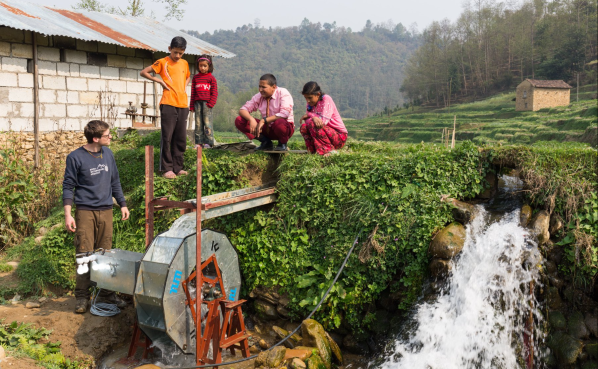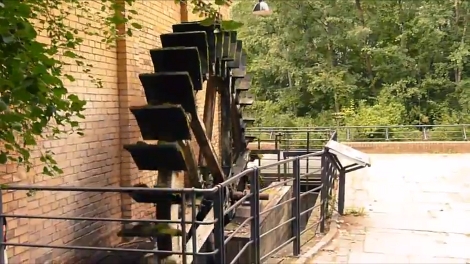Here in the West, power going out is an unusual event. But in more remote regions like the Himalayas, reliable electricity isn’t a given. A group of local craftspeople, researchers, and operators in Nepal have worked together to devise a modular waterwheel system.
Based on a 20-30 cm-wide bucket module consisting of only four galvanized steel components, the wheels can be easily built and deployed using resources and tools that are easy to find anywhere in the world. Current test devices generate between 120 and 1,400 Watts of power, depending on the device’s size.
A software tool was also developed that takes the head and flow rate of a location as inputs to calculate the dimensions of the optimal wheel and expected power output for an installation. This lets communities find ideal sites for power generation and calculate the expected costs.
We’ve covered a few other DIY hydropower setups, from repurposed washing machines to custom scratch builds.














